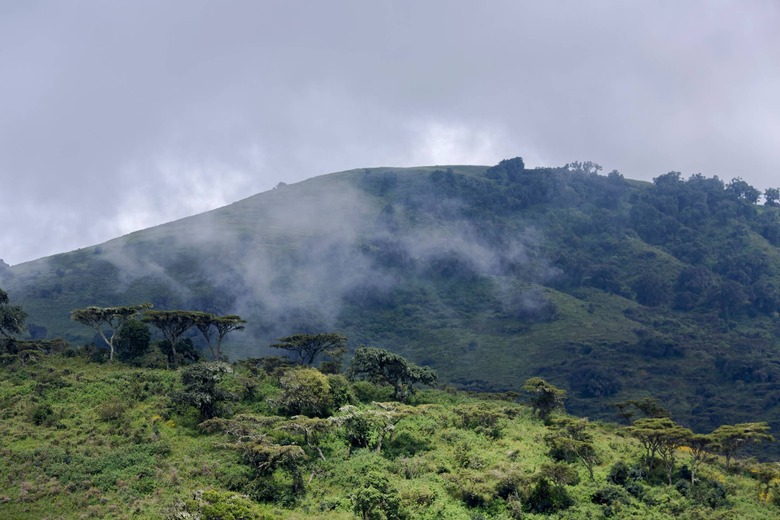Researchers Found Evidence That Africa Might Be Breaking In Two
For millions of years, Africa has been slowly splitting apart. Now, scientists have found new evidence pointing to a dramatic force deep beneath the continent—a rising African superplume that could be driving the divide.
This vast column of hot rock, rising from the boundary between Earth's core and mantle, appears to be pushing upward with such force that it's cracking the crust and causing volcanic activity across the East African Rift System (EARS). New geochemical analysis shows that this superplume is not just a theory anymore, as it is leaving its fingerprints across thousands of miles.
The East African Rift System stretches more than 2,000 miles from the Red Sea in the north down to Mozambique in the south. It's the largest active continental rift on Earth, where the tectonic plates beneath East Africa are pulling apart. The process has carved deep valleys across the landscape and triggered frequent earthquakes and eruptions.
Scientists have long debated what's driving this colossal shift. The discovery of deep mantle gases across several parts of the rift now gives the strongest support yet for a massive upwelling of heat from Earth's interior.
In a recent study, researchers measured gas emissions in Kenya's Meengai geothermal field. They found a chemical signature in the neon isotopes that matched gases from deep in the Earth's mantle. These same signatures were also found in volcanic rocks as far apart as the Red Sea and Malawi.
That pattern suggests a single, giant source beneath all these regions: the African superplume. This upwelling material likely rises from about 1,800 miles below the surface and spreads out beneath the crust, pressing against it with enough force to cause it to fracture.
Unlike the narrow plume under Hawaii, the African superplume is broad and powerful. As it rises, it heats and weakens the lithosphere, the outer shell of the Earth, making it more likely to crack. That pressure is what scientists believe is breaking apart the African plate, leading to volcanic activity and possibly the formation of a new ocean in the distant future.
Though this process takes millions of years, it's already reshaping the land. Valleys are deepening, lakes are forming, and volcanoes are becoming more active along the rift. Eventually, a sliver of East Africa could peel away to form a new continent.
